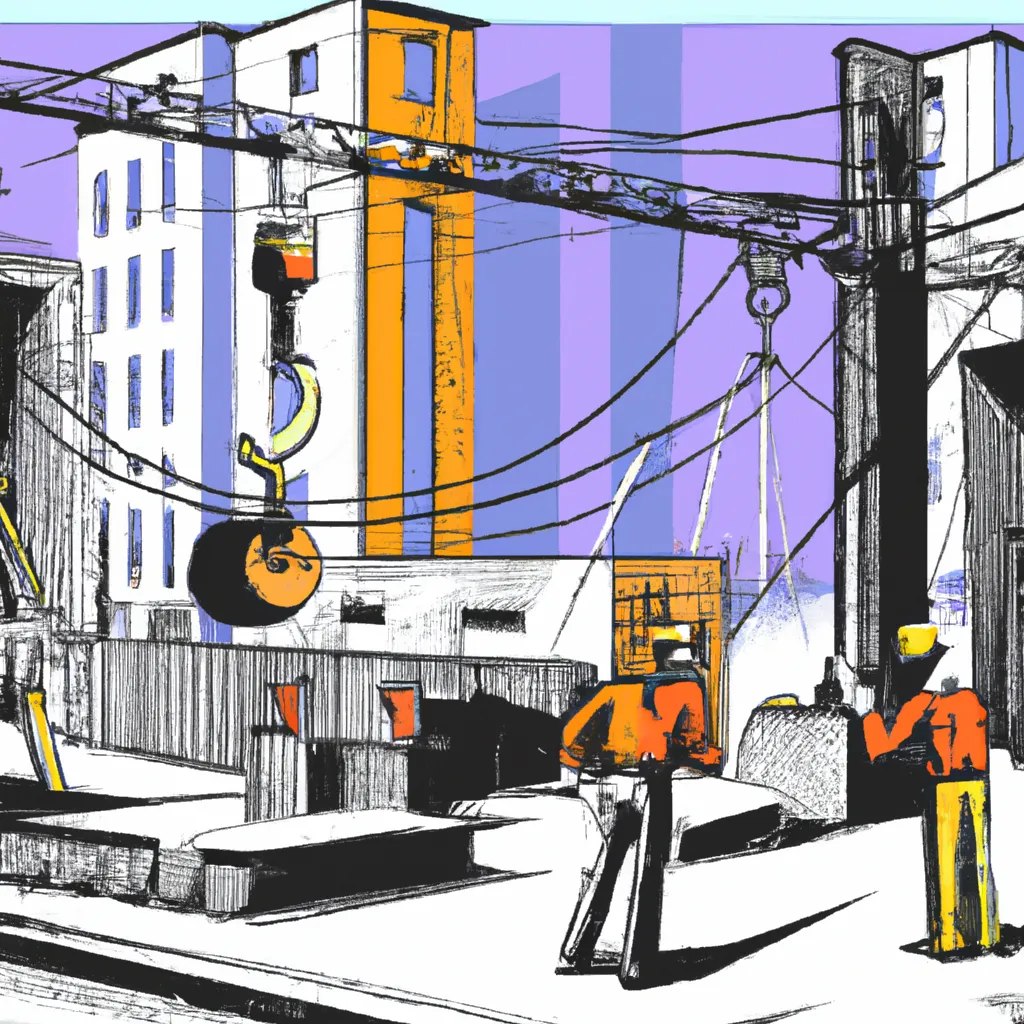Category of cadastral valuation F3 and NSN: everything you need to know

Cadastre categories are an important tool for classifying real estate, whether under construction or already built, based on common requirements and characteristics. In particular, group F includes urban real estate that is not considered suitable for generating income, even temporarily, and therefore does not have a cadastral value. Thus, it becomes immediately clear how important it is to correctly categorize property F3 in terms of the IMU tax, the annual property tax with all its exceptions. Let's then examine the main characteristics of category F3, a temporary and transitional classification for unfinished properties.
What does F3 mean in the cadastre?
Category F3 in the Italian property classification system refers to a specific type of real estate: buildings intended for sale but not yet ready for it. This category pertains to buildings constructed by construction companies with the aim of selling them, but as long as these properties are not actually sold, they remain classified under category F3.
This has important implications in terms of taxation, as the tax regime for these properties may differ from those classified for other purposes, such as residential or office spaces. It is important for construction companies and potential buyers to be aware of such classifications and the associated tax consequences.
Category F3 is just one of the various categories in the cadastre in Italy, each corresponding to specific characteristics and purposes of real estate properties. Proper classification of a real estate property in the cadastre is essential for determining tax obligations and ensuring effective management of the property.
To better understand the F3 cadastral category, one can familiarize themselves with the differences from other categories in the same group:
- F1:urban courtyard squares, but not belonging to another group;
- F2:fully or partially non-residential real estate properties;
- F4:objects that are in the process of being defined, such as those that arise when a villa is divided into insufficiently clearly defined small apartments in terms of shape, quantity, and numbers;
- F5:a flat roof of a building that simultaneously serves as protection for the lower floors from weather conditions and provides an open space;
- F6:applications to tax authorities;
- F7:arches;
- F9:objects represented from the land cadastre;
- F10:recognized as agricultural or considered as such objects;
- F11:real estate properties awaiting classification.
So, it is important to emphasize that the F3 cadastral category represents an "intermediate" or "temporary" classification for unfinished new constructions. The temporariness of this categorization (which lasts from six to twelve months) is related to the fact that the final cadastral accounting case is planned to be completed within a few months, assigning the property a final category and final cadastral valuation. To extend the time allocated for a property classified as F3, which is under construction, it is necessary to submit a corresponding application to the municipality confirming the incompleteness of the construction.
In addition, indicating a fictitious category (F3 or F4) usually serves specific purposes, such as for purchase and sale transactions made before the completion of work, or for requesting a mortgage during the ongoing work.
An example of cadastral classification F3. To further clarify the temporary classification of real estate objects belonging to this category, let's consider an example of cadastral classification F3, which indicates that the property is under construction.
Another common characteristic for all objects in the F3 cadastral category is that they all pertain to new constructions.
A specific example of cadastral classification F3 could be a complex of new apartments built by a developer. These apartments, while they are owned by the construction company and not sold, will be classified as category F3 in the cadastral register. This means that the construction company, during the period it owns these unsold properties, must consider the tax implications associated with this particular cadastral category. This example reflects the general practice in the construction and real estate industries, where buildings intended for sale have a special classification and tax regime until they are actually sold.
Category F3 and IMU tax 2023. Properties classified as category F3 cannot be used yet, as they are still under construction: therefore, their cadastral value is zero and they are not subject to IMU tax.
Thus, for those who own property in the F3 category, the IMU for 2023 does not need to be paid if the entire building is under construction. Therefore, it is important to pay special attention to the situation regarding F3 category properties, which may raise questions about whether a tax on construction areas can be levied depending on various factors, such as the type of land (agricultural or not) and the type of work being carried out on the land. In this case, it is advisable to consult an accountant or a trusted professional who can determine how and to what extent the IMU needs to be paid.
Special attention should be paid to the transition from category F3 to the category corresponding to the apartment itself after the construction is completed. Indeed, if there is a gap between the time stipulated by law and the actual time of sending the notification, payment of the IMU tax may be required. Furthermore, if the taxpayer does not pay the IMU for a property that was previously in category F3, even with good intentions, they may also be required to pay interest.
Comment
Popular Posts
Popular Offers

Subscribe to the newsletter from Hatamatata.com!
Subscribe to the newsletter from Hatamatata.com!
I agree to the processing of personal data and confidentiality rules of Hatamatata














